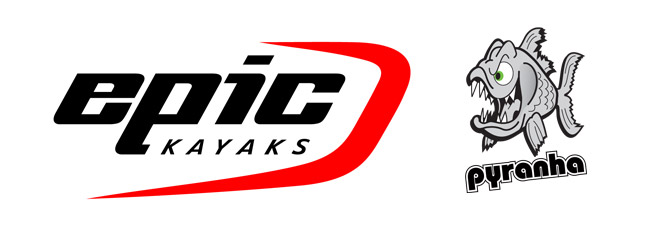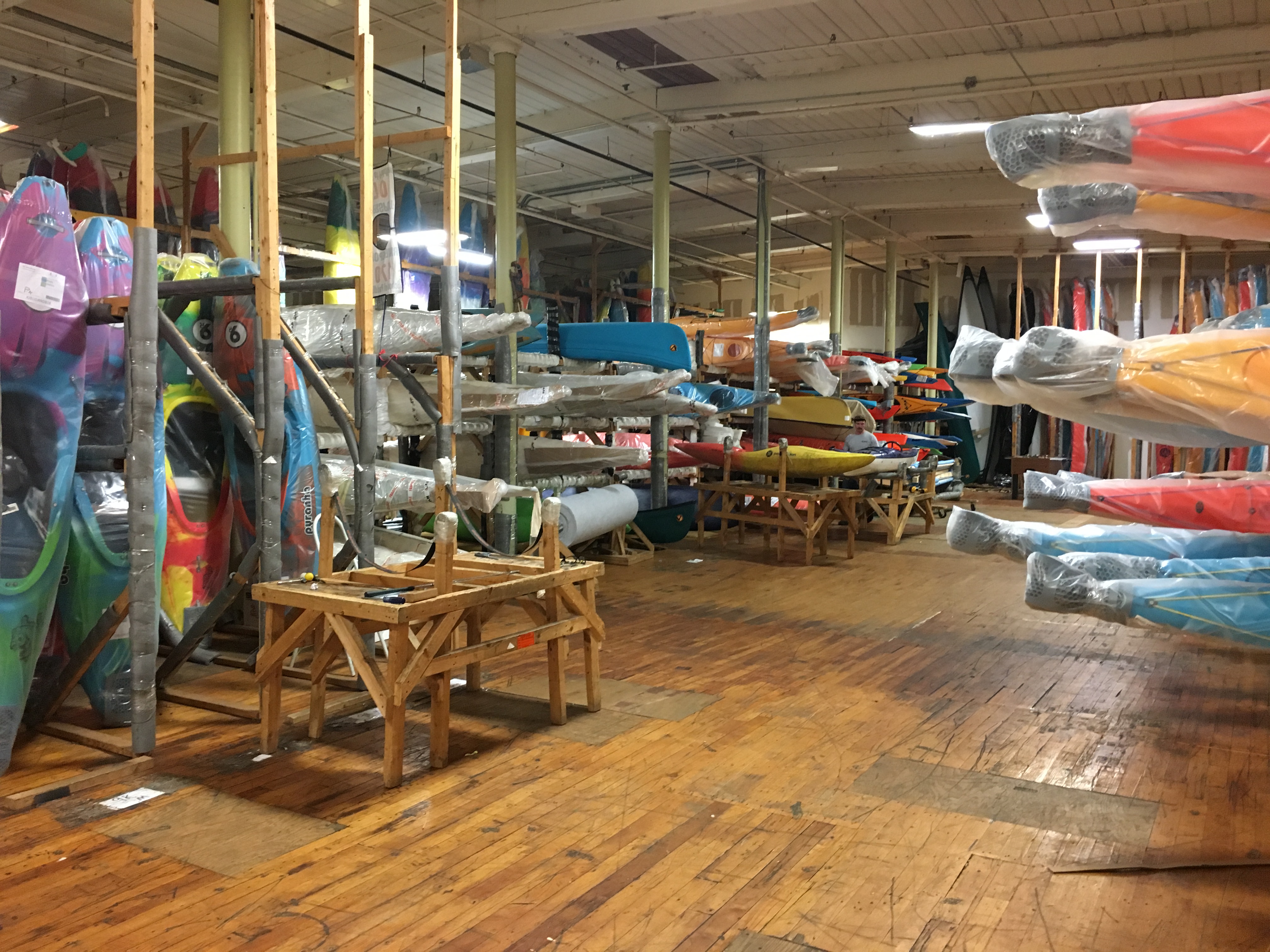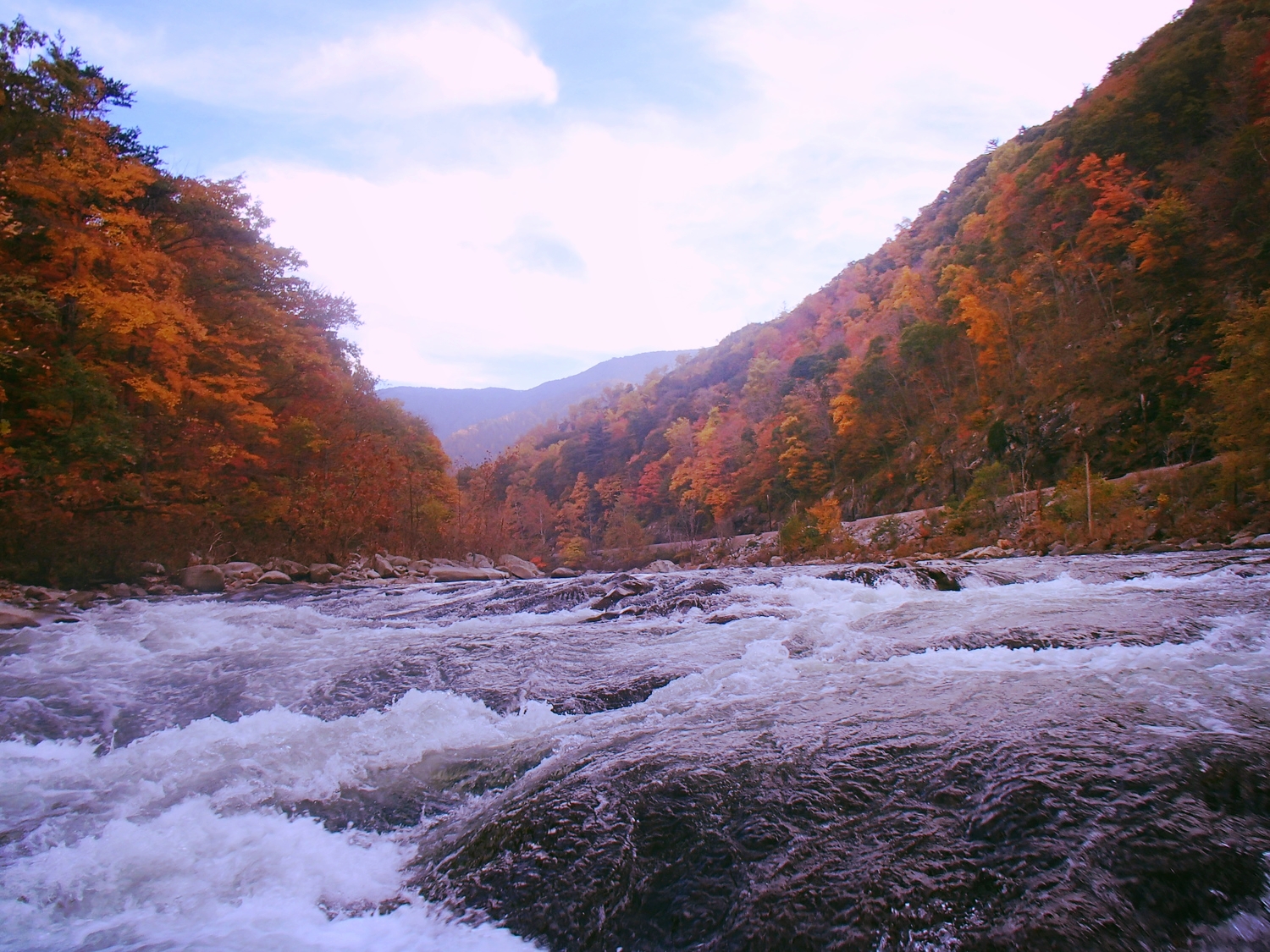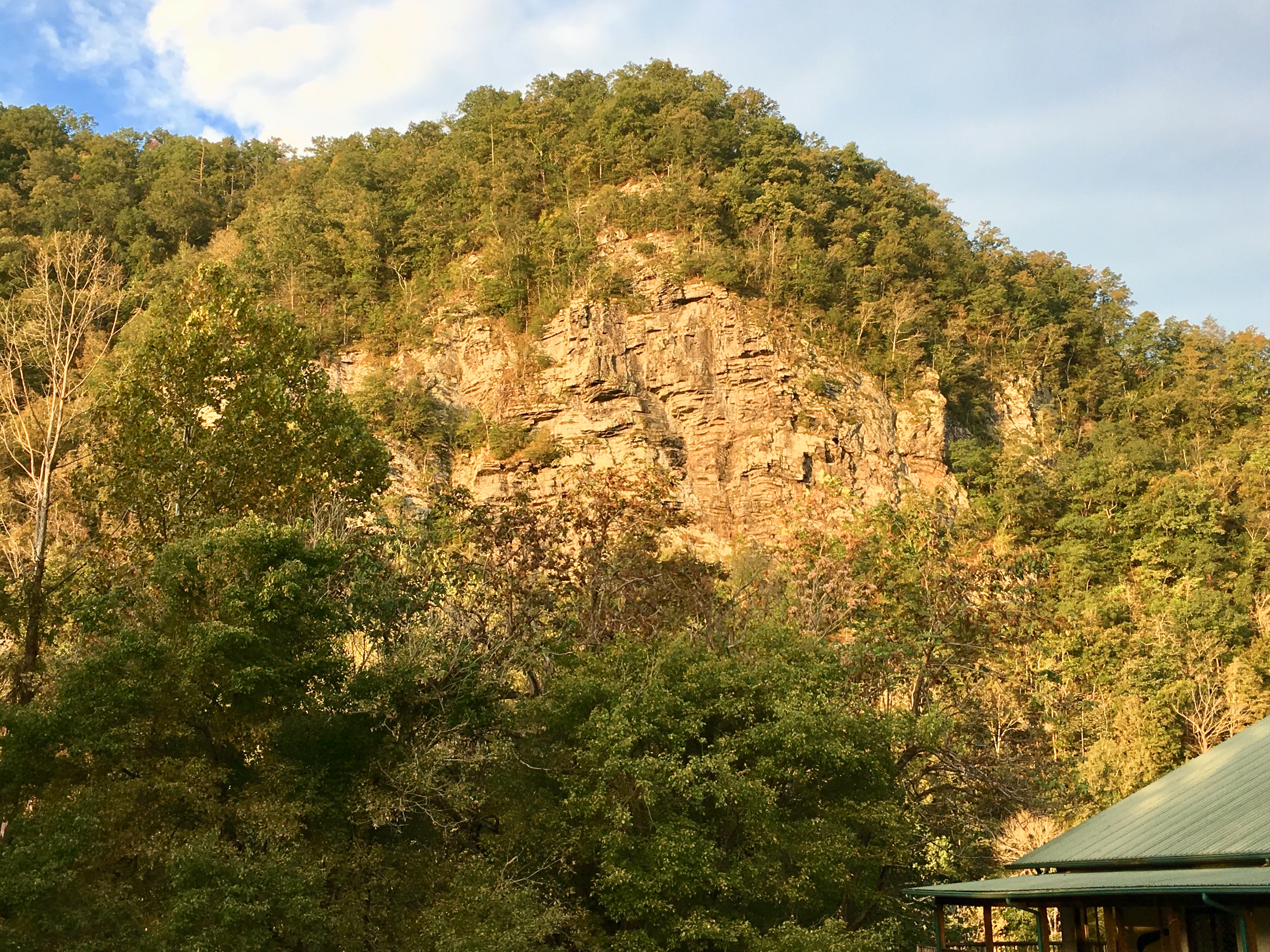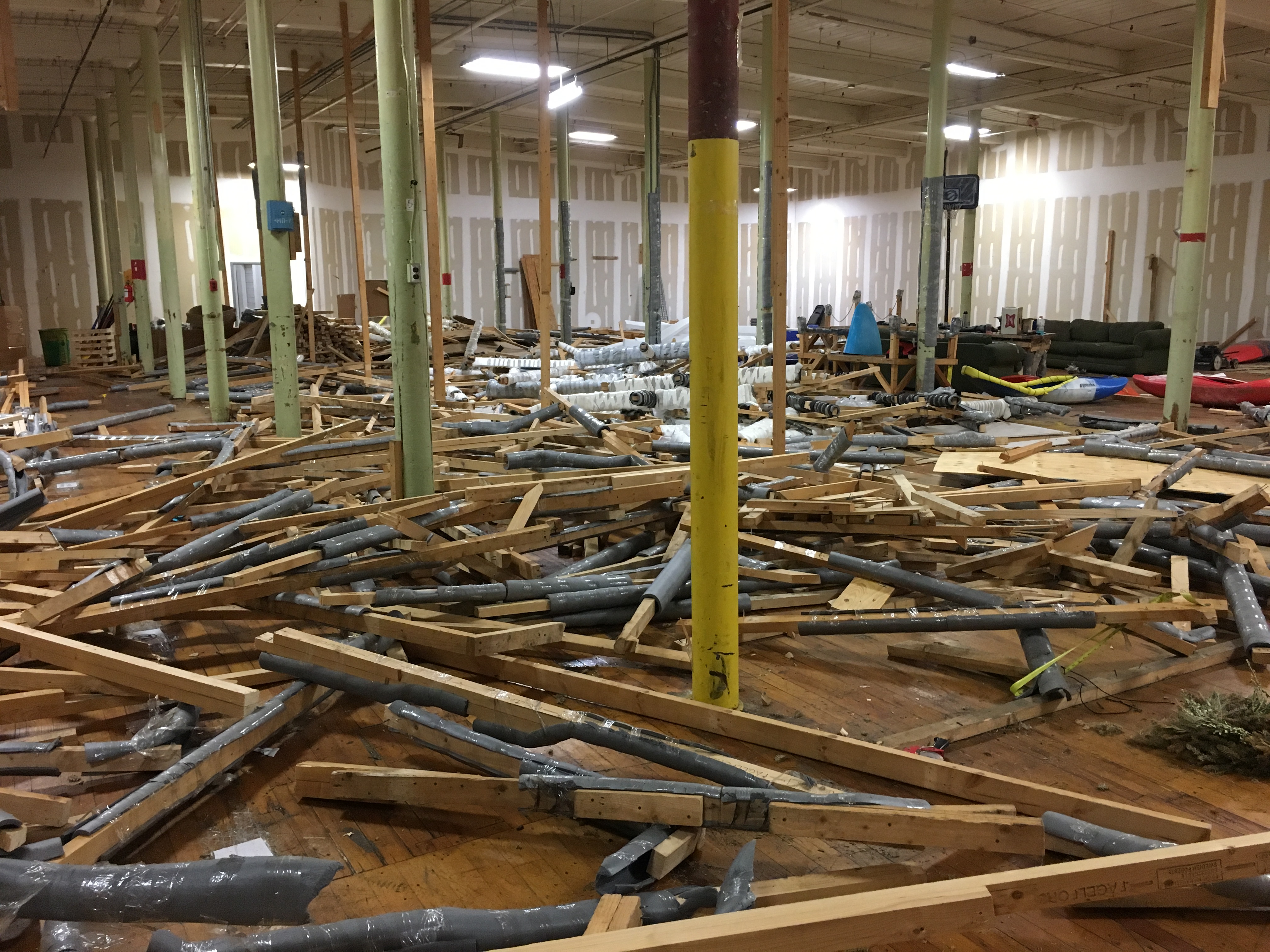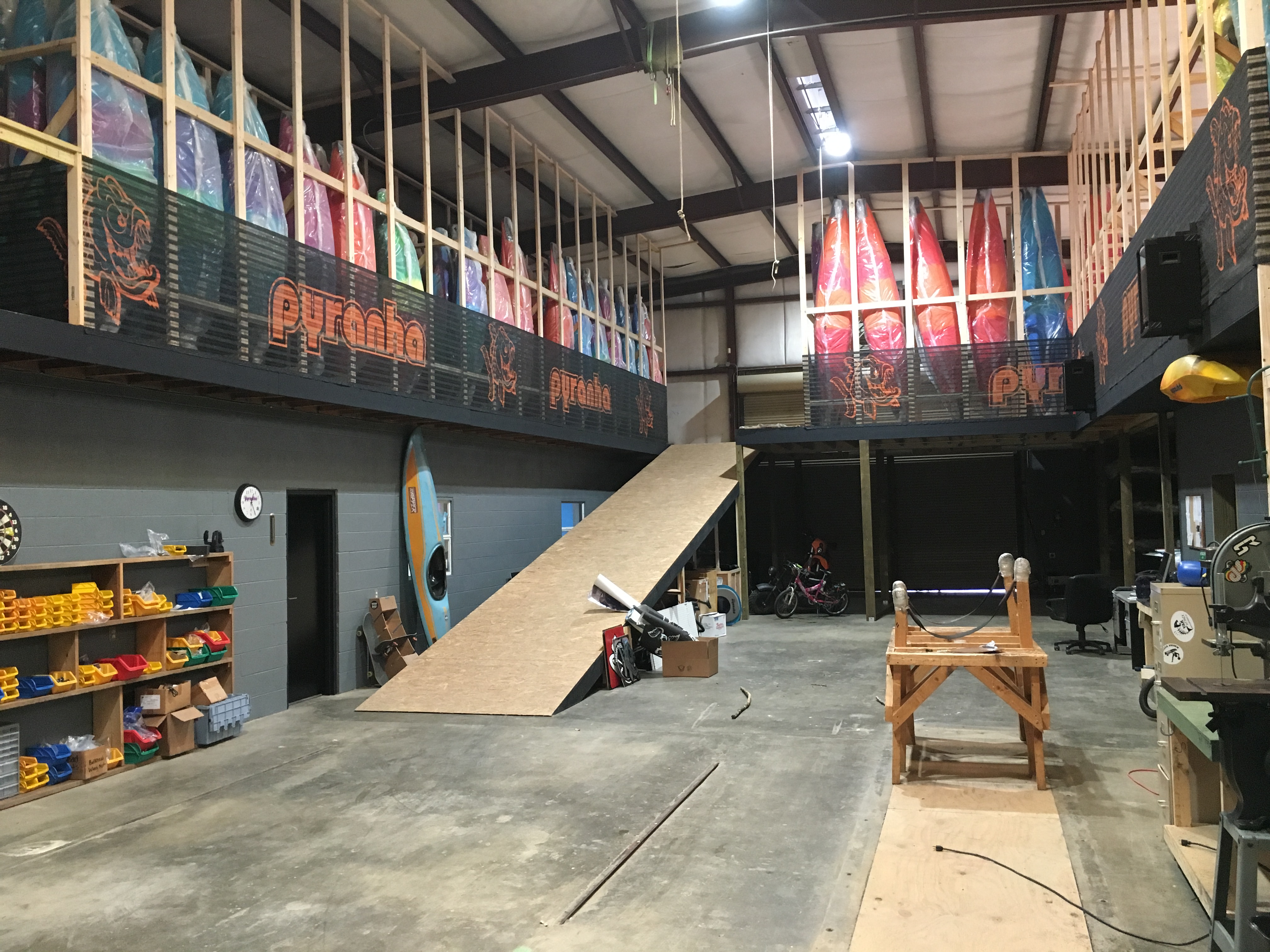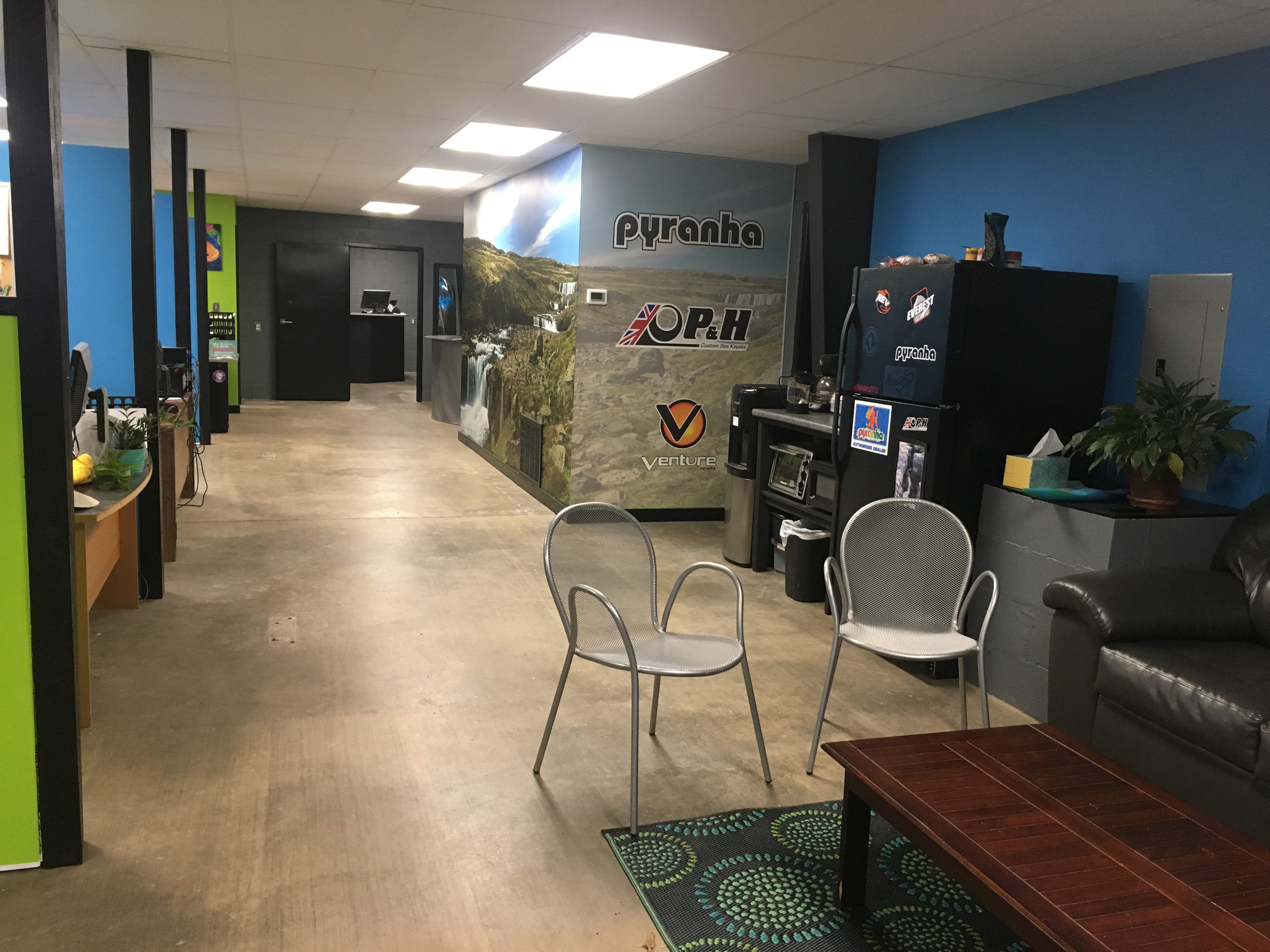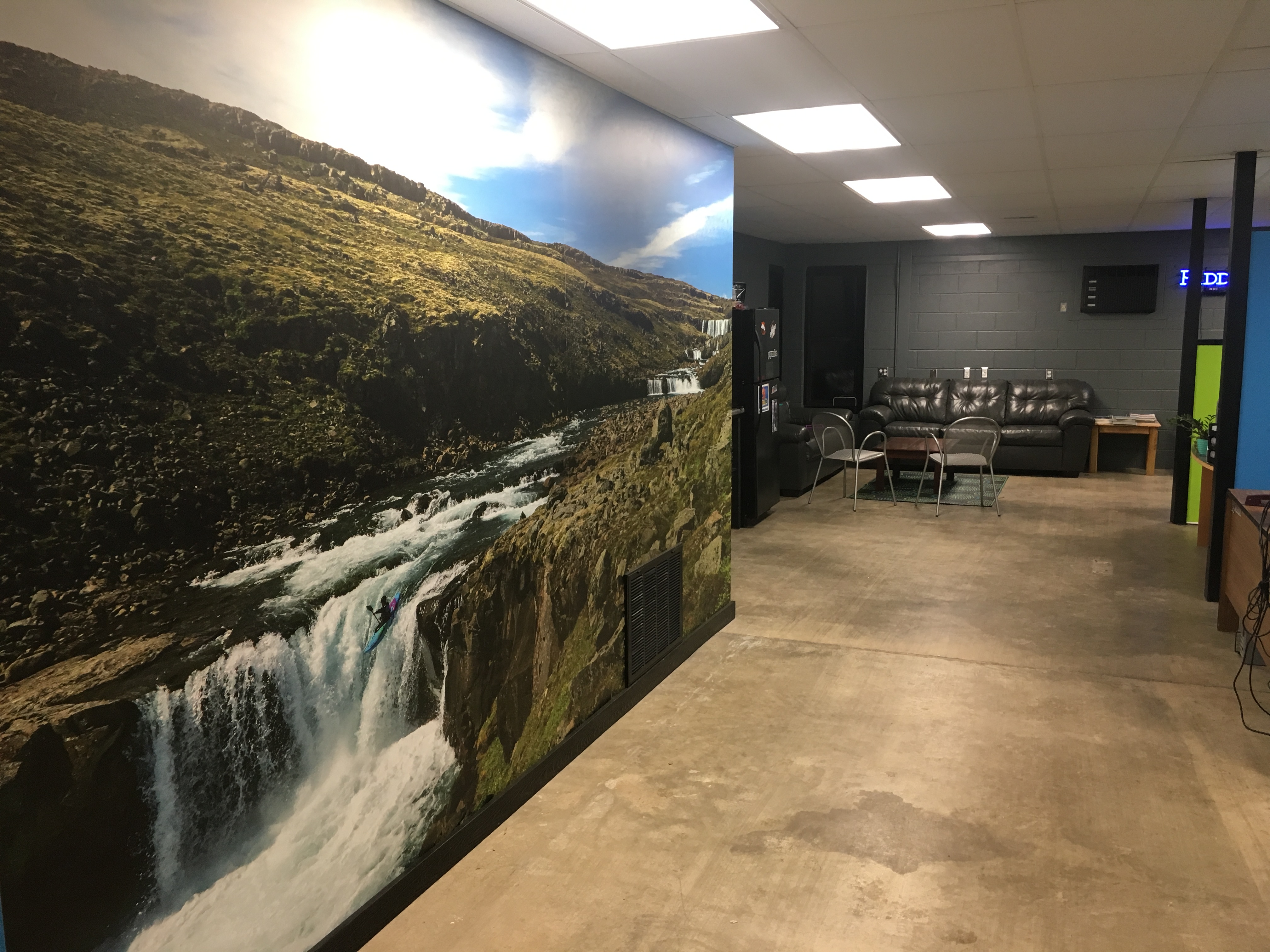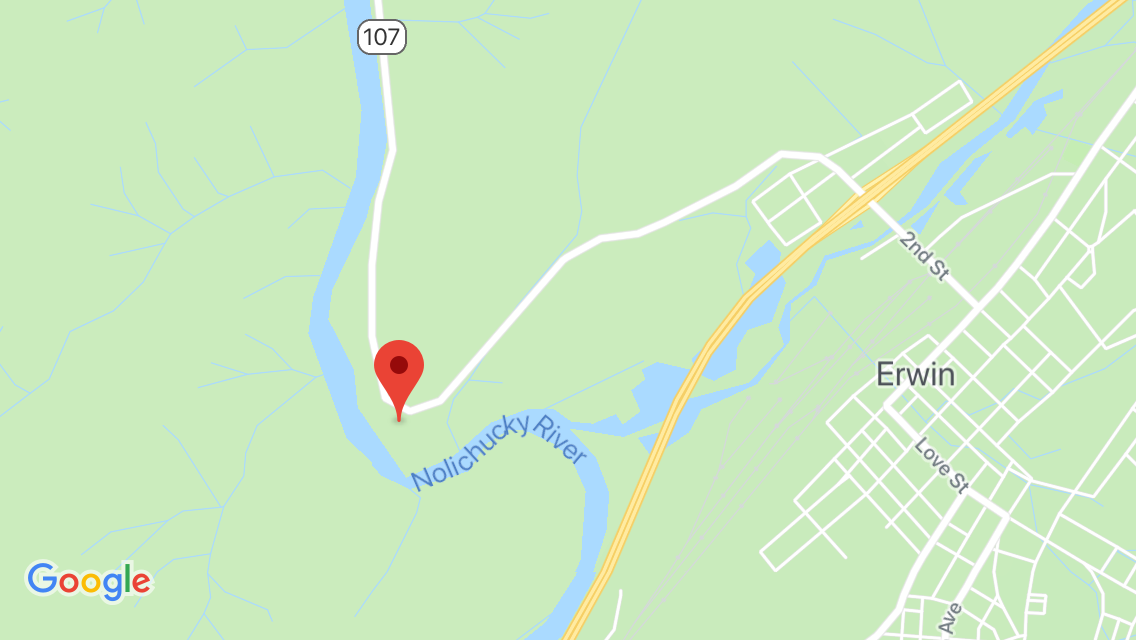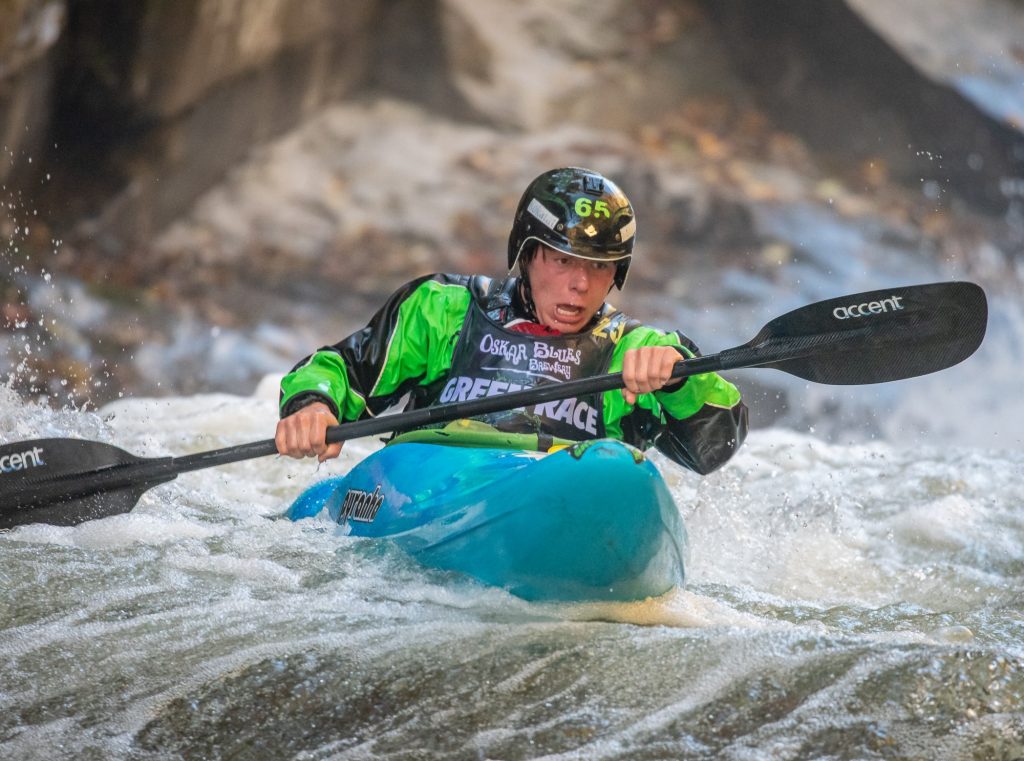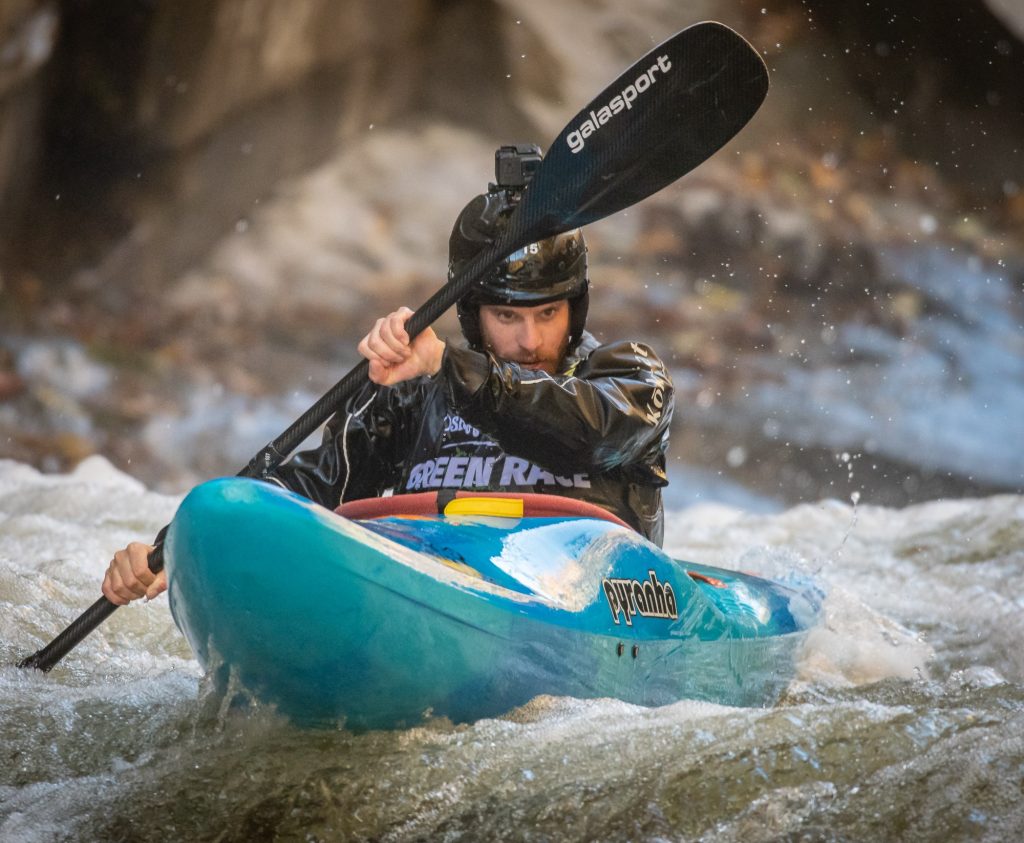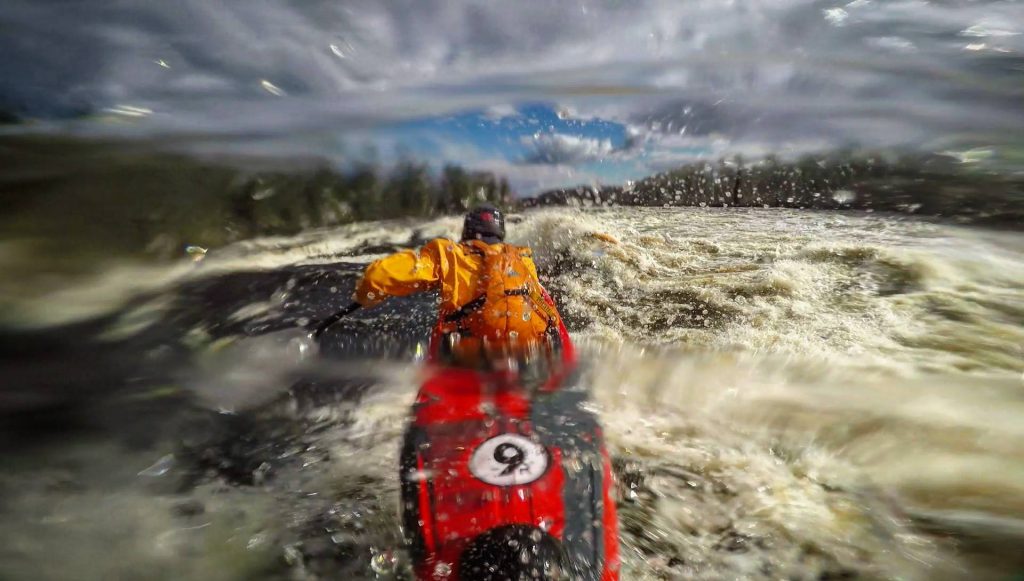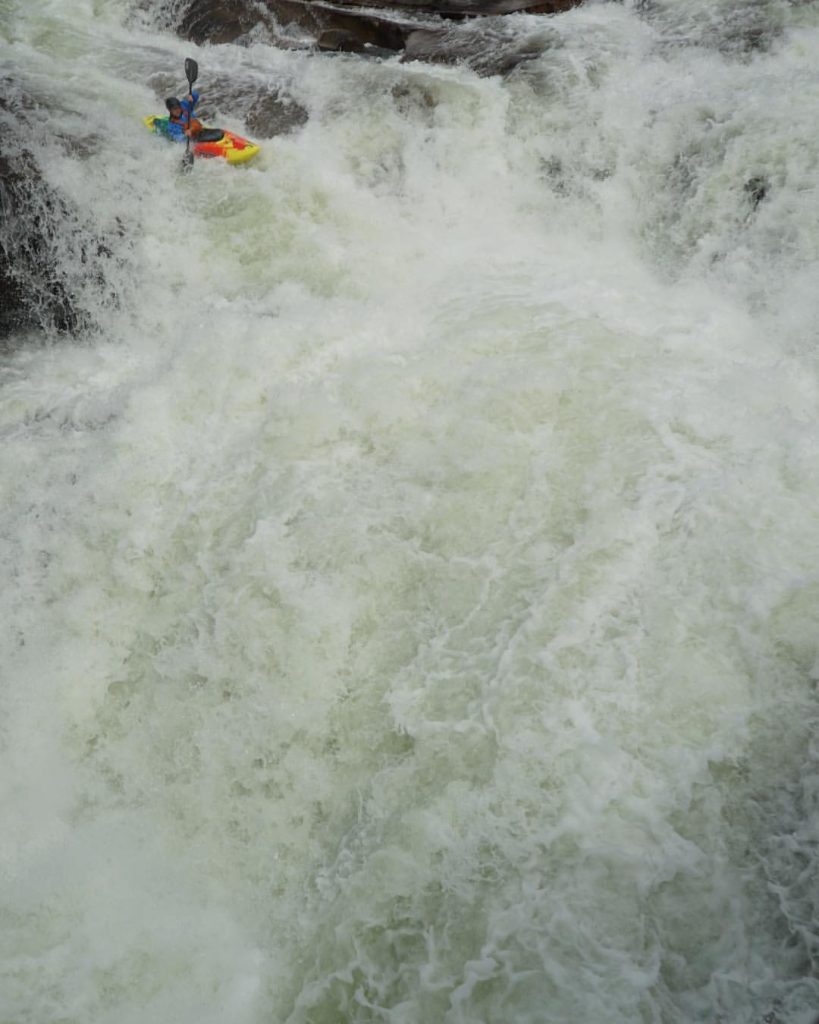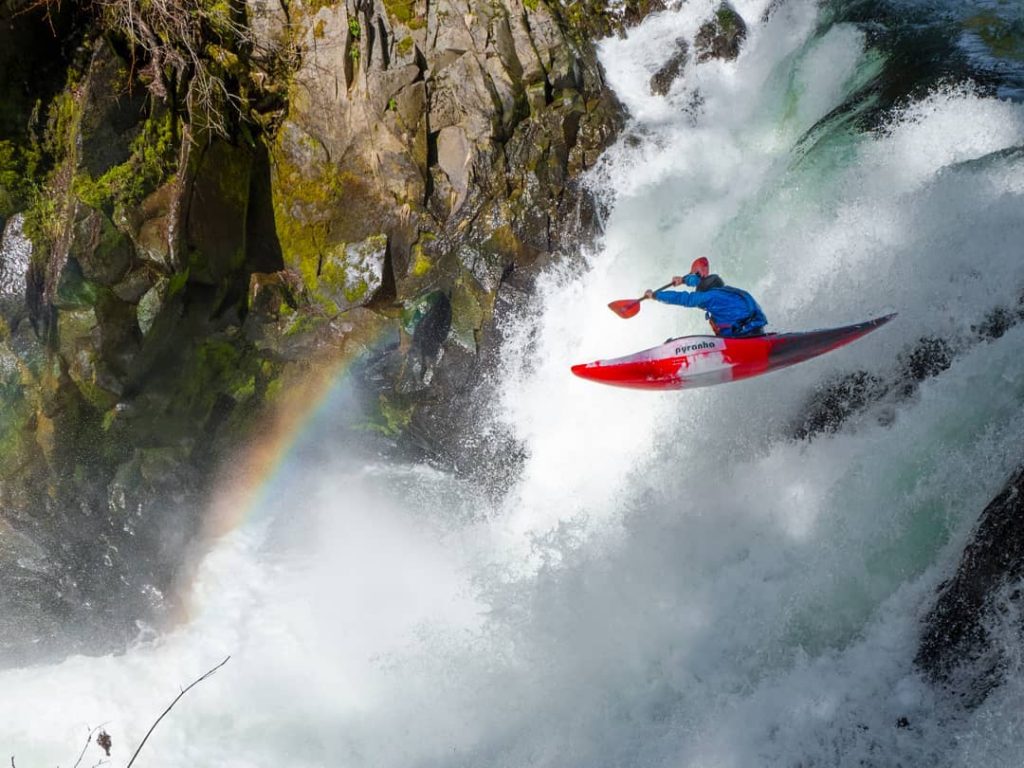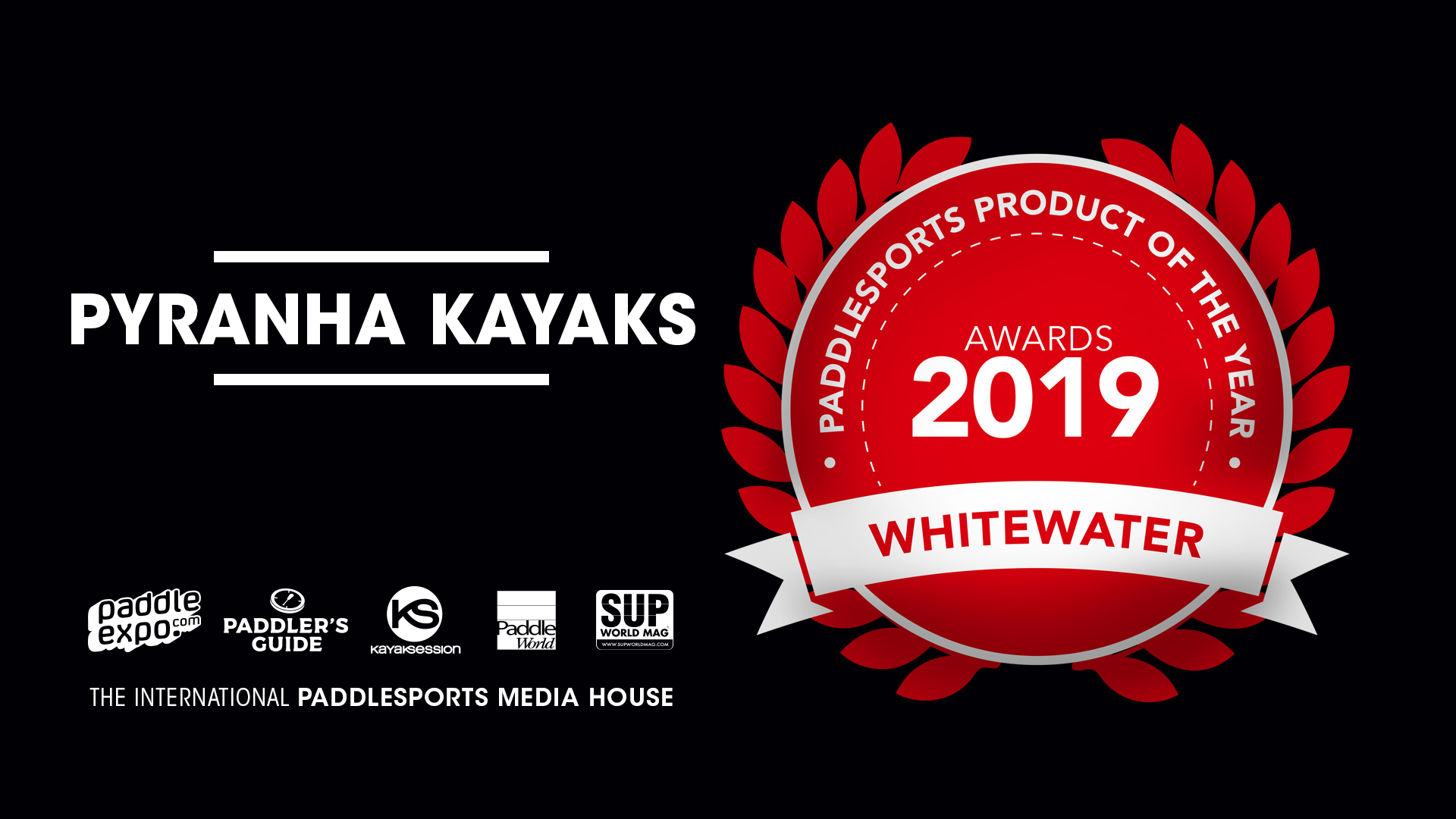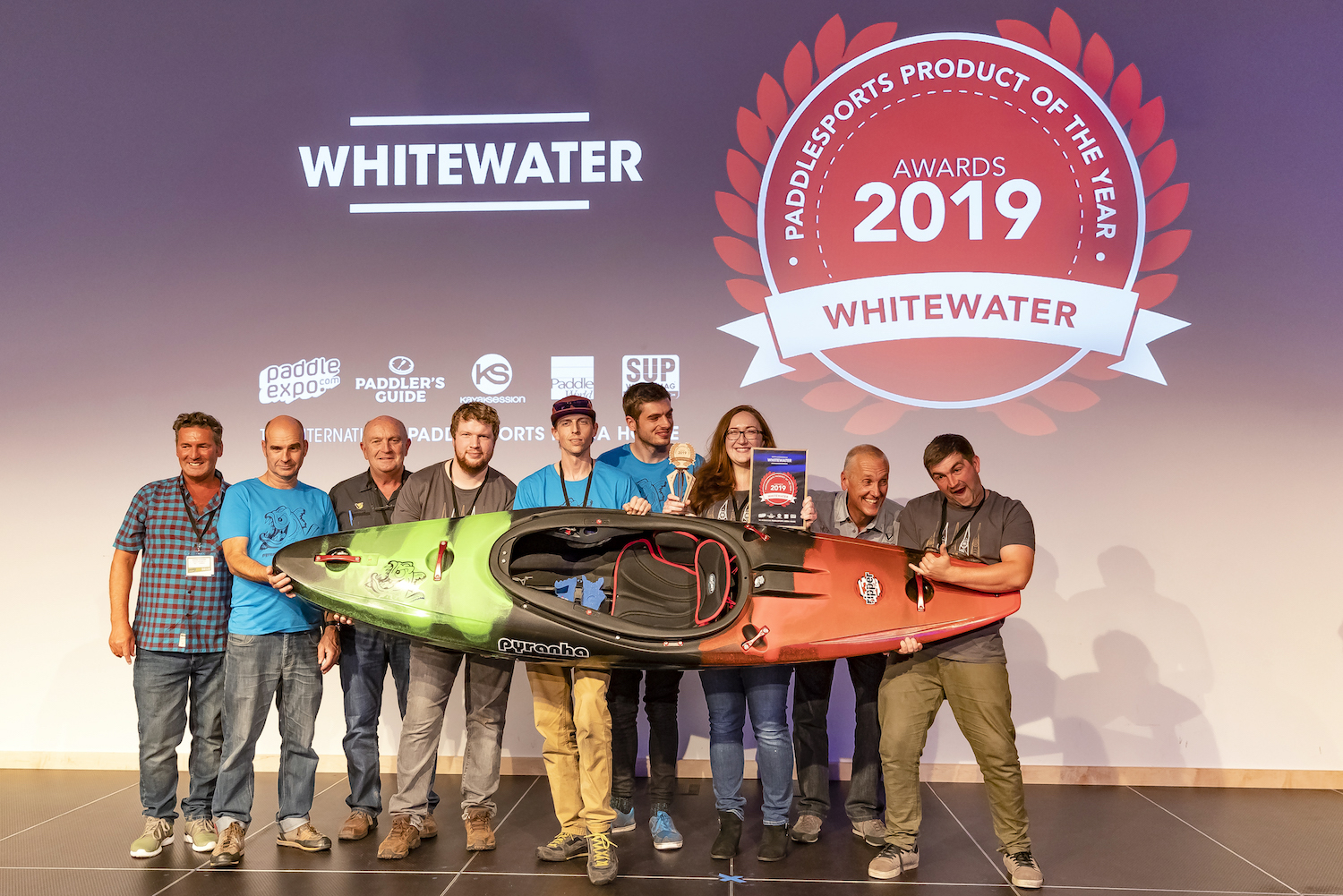
Photo Credits: Kalob Grady
The Rio Claro is one of the most beautiful rivers in the world. The Claro is in the Maule Region and is based in the Siete Tazas National Park in the heart of Chile. I have always dreamed of running this river and I got my chance to paddle this glorious canyon. During my stay in Chile, all I could think about was freefalling on the Claro. Then, once Word Class started heading north, I knew it was game time.
The first day we paddle the Claro, we paddled the Siete Tazas section. This section is sick, there are 7 waterfalls and you can only scout the first drop. Therefore, once you paddle the first drop, you are committed. The first drop is a sloping 15-footer and its super sick! Once you take your boof, you fly and have a massive skip out too. After this drop, there are 5 more small drops before you get to the next 15-footer and 18-footer.
The 15footer, you must go off the river right side and plug the drop because there isn’t a soft landing at the bottom. Though it is a lot of fun to paddle up to the lip and then fall! Now the 18-footer is the opposite; you want to be left of center because there is a flake you will go off and you don’t want to boof this drop because there isn’t a soft landing. Though I boof them anyways because it is fun!
Next, I got the chance to run the Veintidos section of the Claro. This section has 22 epic waterfalls, from small boof to simple 25-footers, to twisty drops! This part of the river is unbelievably gorgeous; the put-in for this section is like Siete Tazas because once you run the first drop you are locked in. My personal favorite drops on this section were the 25-footer, the ski-jump, and the twisty 25-footer. The first drop in clean, you paddle up to the lip and fall. The ski-jump, you want to drive left towards the left wall and take a massive boof stroke off the curler and then you fly! The last of my favorites was the 25-footer with a twist in the entrance. You want to drive towards the right wall and as you do that, the river turns left and drops 25 feet. It’s one of the sickest drops I have ever run!
The Rio Claro is one of the most gorgeous rivers I have ever paddled, with crystal clear water, and massive Basalt canyons, this is a river I will return to.
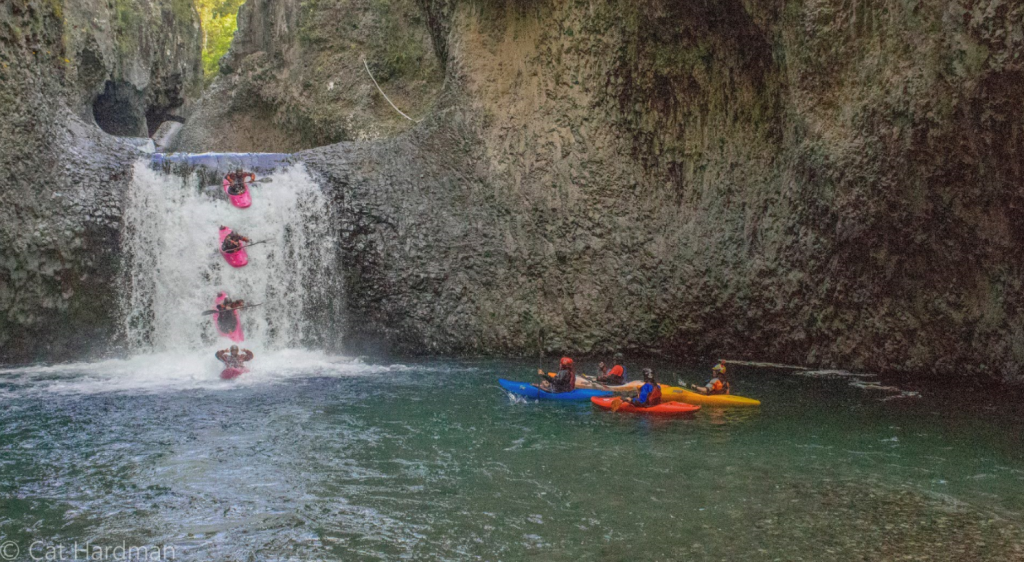
Kalob Grady boofing the last drop on Siete Tazas




